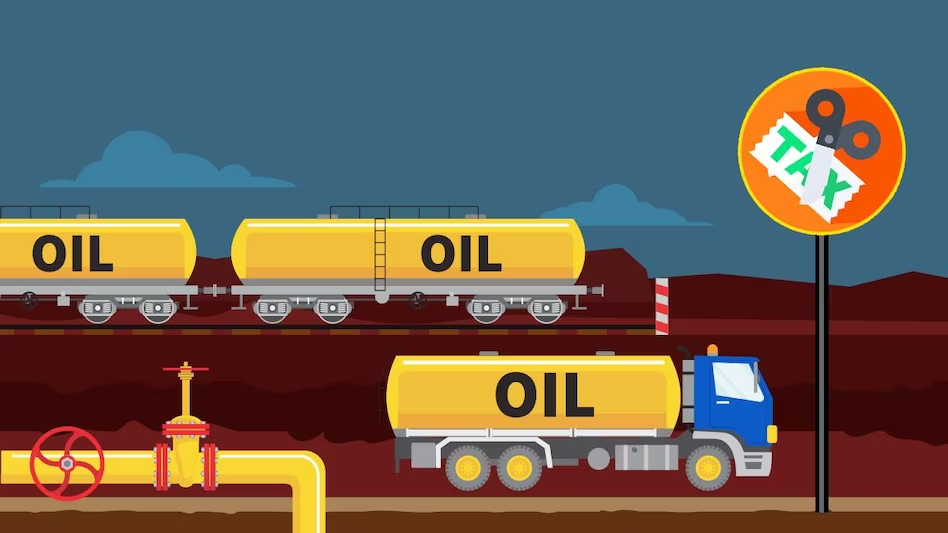When it comes to tax deductions for oil royalties, it’s essential to understand the process. Unlike depreciation for buildings and equipment, you don’t depreciate royalties.
Instead, the IRS allows you to deplete oil and gas investments as the wells gradually empty out. While it’s not exactly depreciation, depletion can still be a valuable deduction for your income taxes.
Oil wells draw from finite resources in the Earth’s crust. As oil is pumped out, the well gets closer to running dry and losing its value.
The IRS acknowledges this and permits you to recapture a portion of your investment through depletion. There are two main methods: cost depletion and percentage depletion.
Cost depletion involves writing off a percentage of your initial investment each year based on the amount of oil extracted. Alternatively, percentage depletion allows you to deduct a fixed percentage of your gross income from oil sales. You can choose whichever method results in a larger deduction for you.
For cost depletion, you start with the amount you invested in the well and its projected production. Then, you write off a percentage of your investment corresponding to the percentage of oil extracted. However, your depletion deduction cannot exceed your initial investment.

With percentage depletion, you multiply your gross income from oil sales by 15 percent to determine your deduction. However, there are some limitations.
Related Articles:
- Georgia Faces Controversy Over Voter Challenges in New Election Law
- New Protections for Californians Against Steep Rent Hikes
- Social Network X to Remove The Ability to Hide Checkmarks for Premium Users
If you refine more than 75,000 barrels per day, you cannot use the percentage depletion method. Additionally, the IRS caps your depletion deduction to prevent it from exceeding certain thresholds based on your income.
It’s important to choose a depletion allowance that maximizes your deduction without exceeding IRS limits. Understanding these rules can help you make the most of your oil royalty deductions come tax time.







+ There are no comments
Add yours